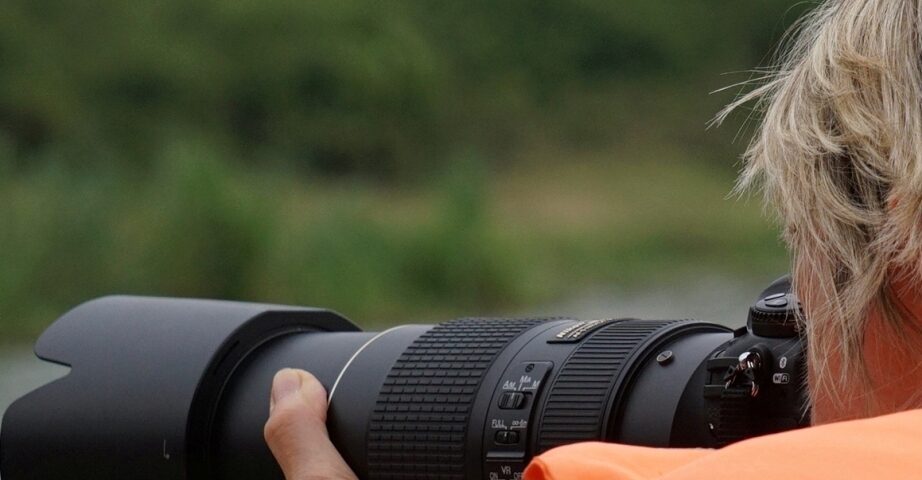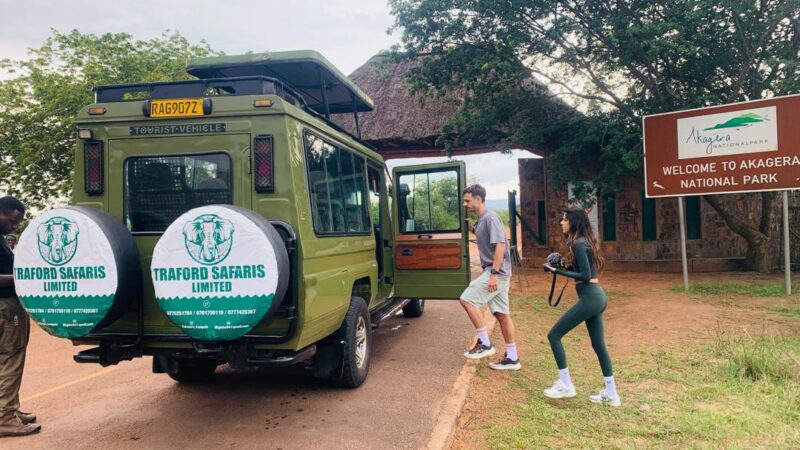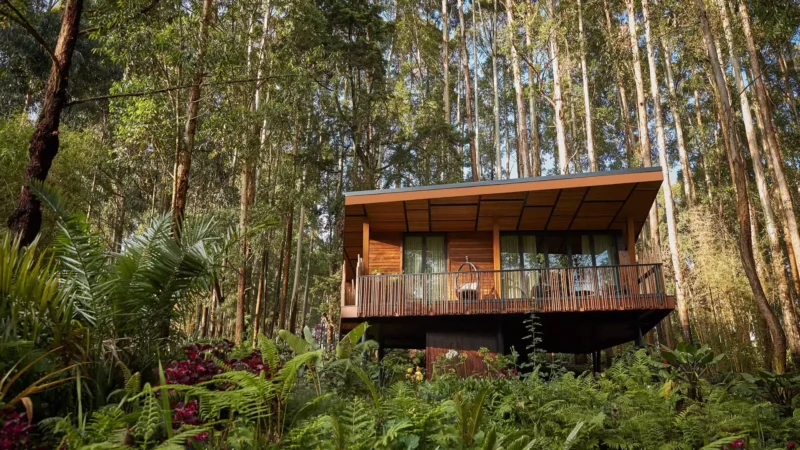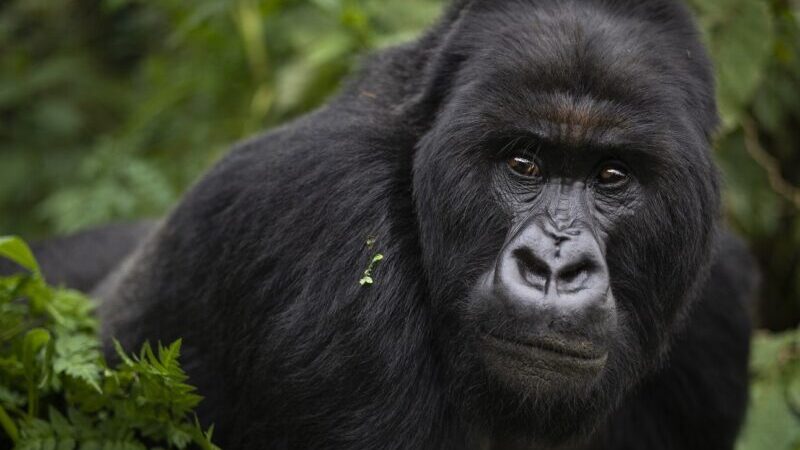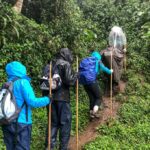
Gorilla Trekking and Mental Wellness
May 28, 2025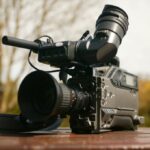
Guide for filming Gorillas in Rwanda and Uganda
May 28, 2025Gorilla Trekking Photography
Gorilla trekking is a rare privilege—one that offers breathtaking opportunities for wildlife photography. But with this privilege comes responsibility. Photographing gorillas is not just about getting the perfect shot; it’s about respecting the gorillas, their natural habitat, and the conservation efforts that protect them.
At Traford Safaris Ltd, we advocate for ethical and responsible tourism, especially when it comes to gorilla photography. This guide will help you photograph gorillas safely, respectfully, and sustainably—so you can go home with not just stunning photos, but a deeper sense of purpose and care.

Why Responsible Gorilla Photography Matters
Gorillas, especially the endangered mountain gorillas of Uganda, Rwanda, and DR Congo, live in fragile ecosystems and are highly susceptible to human behavior. Irresponsible photography can:
-
Stress the gorillas
-
Disrupt their natural behavior
-
Increase disease transmission
-
Compromise conservation efforts
Being a responsible photographer means putting the welfare of the animal first—always.
Pre-Trek Preparation: Know the Rules
Before entering the forest, you’ll be briefed by park rangers on gorilla trekking rules. Many of these rules also apply to photography:
-
Maintain a 7-meter distance from gorillas (even when using zoom lenses)
-
No flash photography—it can startle or stress gorillas
-
Keep your voice low and movements calm
-
Do not point your camera directly in a threatening manner
-
Never touch or approach the gorillas
Memorize these rules and incorporate them into your shooting style.
Best Camera Gear for Gorilla Photography
To shoot great images while maintaining your distance and respecting the rules, consider packing:
-
A zoom lens (70–200mm or 100–400mm) for close-ups without getting too near
-
A mirrorless or DSLR camera with good low-light performance (gorilla habitats are often dim)
-
A lightweight monopod for stability without bulk
-
Extra batteries and memory cards—you don’t want to run out when magic happens!
Tip: Avoid bringing bulky gear that slows down the group or causes disturbance in the forest.
Respect Distance—Even When Tempted
Sometimes, gorillas may move closer to you out of curiosity. Even then, you must:
-
Stay still and avoid eye contact
-
Never attempt to move closer or reach out
-
Let the rangers guide your response
Remember: Proximity does not equal a better photo. A great shot can still come from a respectful distance, especially with a good lens.
Avoid Flash—Always
This cannot be stressed enough. Flash photography is strictly prohibited.
Use natural light and adjust your ISO and aperture settings to make the most of the low-light conditions.
If you’re unsure, do a test run before the trek day so you’re comfortable with your manual settings.
Practice Patience and Mindfulness
The best wildlife photographers know: great photos come from being present and observing behavior. Avoid:
-
Over-shooting every movement
-
Constantly switching lenses
-
Distracting the group with gear noise
Instead:
-
Wait for expressive moments—eye contact, grooming, playing
-
Frame your shots with forest surroundings for context
-
Capture quiet details, not just portraits
This approach yields more emotive and storytelling images, and it’s far less intrusive.
Travel Light and Stay Quiet
Trekking to see gorillas can be physically demanding. Minimize your kit so you’re not distracted or noisy. A bulky setup might slow the group and disturb the peace of the jungle.
Use:
-
A quiet camera shutter mode
-
A padded camera bag to avoid clunking gear noises
-
Lightweight lenses over massive zooms if you’re new to trekking
Support Conservation Through Storytelling
Responsible photography doesn’t end in the forest. When you share your photos:
-
Credit the location, the park, and the conservation efforts
-
Avoid captions that portray gorillas as human-like or “cute pets”
-
Share educational context to raise awareness about gorilla protection
Tag conservation organizations, ethical tour operators like Traford Safaris Ltd, and national parks to amplify the right message.
Quick Dos and Don’ts
Dos:
-
Use a zoom lens to maintain respectful distance
-
Capture natural behaviors rather than forcing moments
-
Follow the lead of the guide or ranger at all times
-
Shoot quietly and sparingly to reduce disturbance
-
Share your images with purpose and credit
Don’ts:
-
Never use flash
-
Don’t block other trekkers’ view
-
Avoid loud camera settings
-
Don’t attempt to move closer for a better shot
-
Never edit images to exaggerate proximity or drama
Final Thought: Be a Guardian, Not Just a Guest
Photographing gorillas is an awe-inspiring experience, but it’s also a responsibility. By practicing ethical photography, you help preserve their environment, reduce human impact, and support the long-term sustainability of gorilla tourism.
At Traford Safaris Ltd, we believe that every click of the shutter can either harm or help conservation. Let your photos do the latter—beautiful images that speak to the soul and respect the wild.

